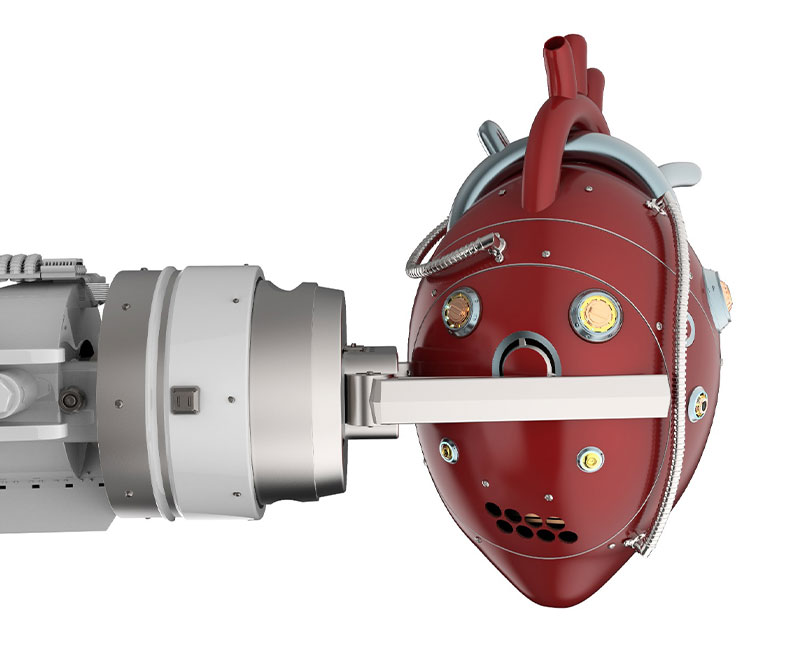VAD
A Ventricular Assist Device, or VAD, is a mechanical pump designed to assist the heart in pumping blood throughout the body. This device is used to support heart function and blood flow in individuals with weak or failing hearts. VADs are implanted in the body and work by pumping blood from the heart’s lower chambers to the rest of the body.
There are many reasons why a person may require a VAD. For some patients, the device is used as a temporary measure while waiting for a heart transplant. In other cases, the VAD may be used as a long-term solution for individuals who are not eligible for a heart transplant. In both cases, the VAD can prolong life and improve symptoms such as fatigue and breathlessness.
One key benefit of a VAD is that it reduces the workload on the heart, allowing it to rest and recover. By taking over the pumping function, the device allows the heart to rest and heal, which can lead to improved heart function in some patients. In some cases, this means that the patient may eventually be able to have the VAD removed and avoid a heart transplant altogether.
Another advantage of a VAD is that it can improve a patient’s quality of life by providing relief from symptoms such as fatigue and shortness of breath. With improved circulation, patients may be able to engage in activities they were previously unable to participate in, such as exercise or returning to work.
However, there are also potential risks associated with the use of a VAD. These include complications related to surgery, infections, and bleeding. Patients must also be vigilant about monitoring their device and following strict guidelines to prevent complications.
In conclusion, a Ventricular Assist Device (VAD) is an innovative medical technology designed to assist individuals with weak or failing hearts. By taking over the pumping function, the VAD can prolong life, improve symptoms, and allow the heart to rest and recover. While there are risks associated with the use of a VAD, this device represents an important treatment option for individuals with heart failure.
